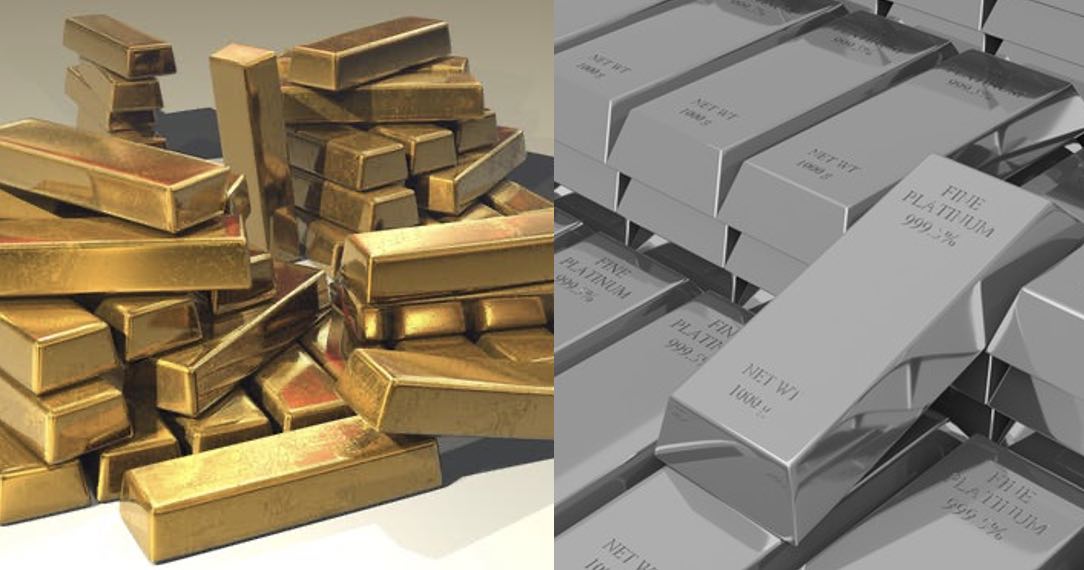
Ever wondered about the differences between gold and platinum?
Exquisite jewelry designs are usually made from either platinum or gold. However, what are the variations between these two valuable metals? Which one is the best option for you?
Gold is known for its value and beauty and has been the metal of choice for thousands of years. Nonetheless, platinum has become more expensive and luxurious than gold in recent years.
If you want to find out more, read on to learn the gold vs. platinum differences. Here is our gold and platinum guide to help you understand more:
Color Variations
Color is the most visible difference between platinum and gold. The color of gold is yellow, though it’s usually combined with other alloys to create rose gold or white gold.
For gold, white gold is an off-white color, with a hint of yellow glossy. Still, if it’s rhodium-plated like most white gold, it’s a brighter white than platinum.
In comparison, the color of platinum is greyish-white. Platinum in its raw nature is whitish-grey color, but if it’s polished, it has a brilliant white look.
Flexibility
The most significant difference is flexibility, as platinum is less flexible than gold. It gives platinum the edge of making very frail formations and durable diamond settings. However, a finer gemstone can be a problem, as the force needed to form platinum items can harm the stone.
Density
There is also a variation in the weight of gold and platinum. Although gold is heavy, platinum is much denser than gold. Therefore, a platinum ring will weigh roughly 50% higher than a similar ring in 18ct gold.
Usage
One of the most popular uses of gold is jewelry. From earrings to wedding rings, gold offers unique jewelry due to its soft and shiny color. Aside from that, gold is also used in the production of some electronics.
On the other hand, you can typically find platinum in catalytic converters in vehicles. Other uses for platinum include jewelry, chemical, electrical, and test trials in chemotherapy. Unlike some precious metals, platinum won’t become dull or lose luster.
One of the uses is also in top-quality jewelry design, like wedding bands and watches. If you want to know where to buy platinum consider checking here.
Wear and Tear
Another significant systematic factor is how gold and platinum age. Despite the very high toughness of platinum, it marks easily, making a patina of minor cuts on its surface. As a result, engagement and wedding rings are usually in a state of wear and tear due to daily usage.
It’s evident on the bottom of rings that get in constant contact with solid objects. As a result, platinum will lose its shiny finish over time. One of the best platinum tips for this issue is to re-polish the platinum item every few years to bring back its luster.
On the other hand, gold jewelry is typically rhodium-plated, which means the color of the gold appears beneath if you scrape the top away. One of the best gold tips for this issue is by re-plating and re-polishing the item every few years to bring back its brilliant white again.
The Differences Between Gold vs. Platinum
These are some of the differences between gold vs. platinum. Gold and platinum are some of the most popular metals used in various fields. However, no matter which one you think is best, they both have their downsides and advantages.
If you’re looking for a gold guide or platinum guide, browse through our various guides.
You may be interested in: The Best Ways to Store and Care for Your Jewelry

